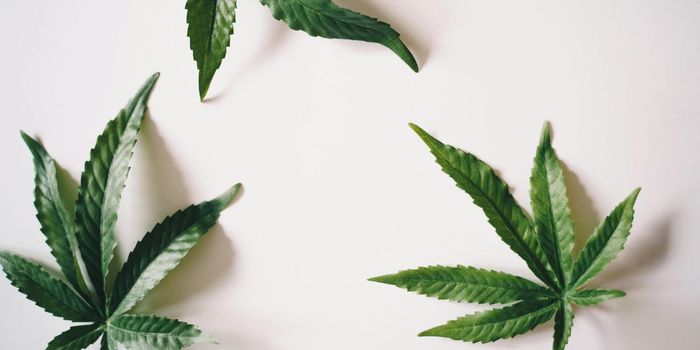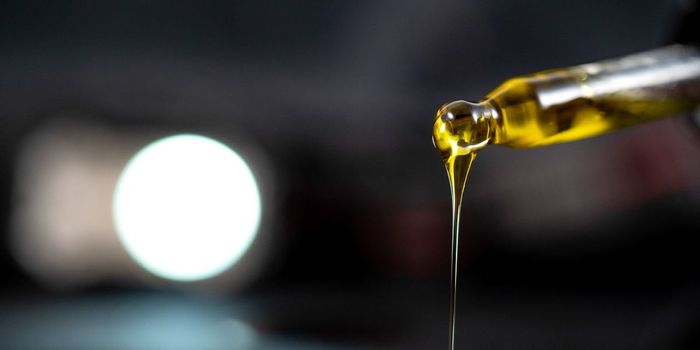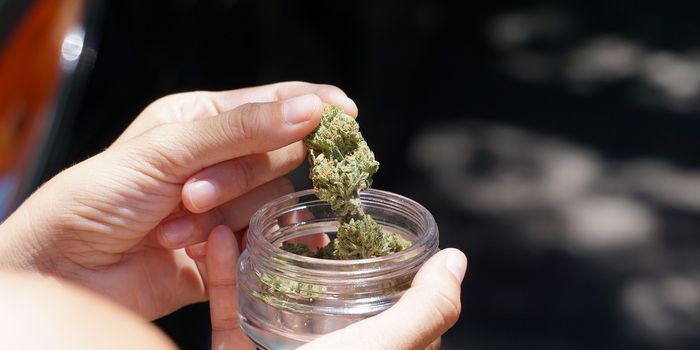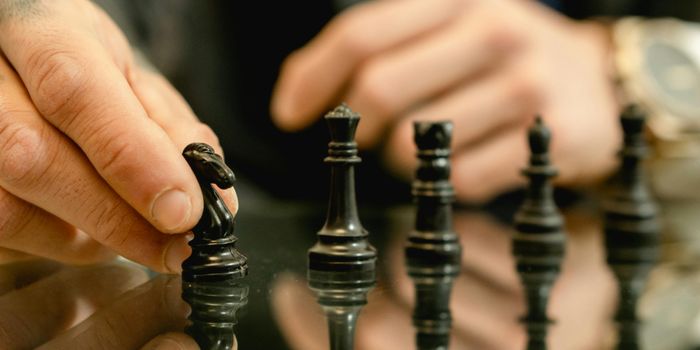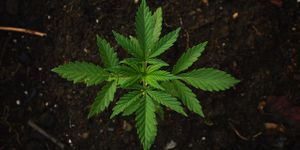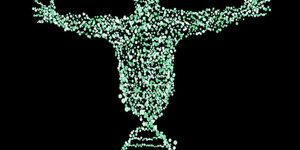Cannabis Increases Cortical Activation

According to a study published in the journal Neuroimage, researchers from the Center for BrainHealth® at The University of Texas at Dallas have revealed that, during the resting phase of the brain, individuals that use cannabis will experience increased cortical activation during the brain's resting state in comparison with non-cannabis users. “The resulting "noisy brain" might impair brain activity and disrupt cognitive processes,” explains Dr. Shikha Prashad, lead author of the study and a research scientist at the Center for BrainHealth. "This study is the first to characterize global cortical activation and both inter- and intrahemispheric functional connectivity during resting state in cannabis users.”
The researcher’s retrieved data collected from an electroencephalogram (EEG) from 38 individuals placed in two groups: cannabis users and nonusers. EEG signal measures the communication between different regions of the brain. The EEG test measured the brain’s electrical activity, known as brain waves. More specifically, the researchers measured the synchronizing brain waves to determine the strength of the signals in the brain from different cortical regions.
Individuals that are cannabis users had exhibited increased activation in most of the different brain waves in comparison to non-cannabis users. Amazingly, similar results were seen in studies of heroin, alcohol, and cocaine-dependent users.
Additionally, greater cortical communication among the frontal regions of the brain was observed in cannabis users. “This could signify that participants had difficulty inhibiting neural activity,” explains Prashad. Changes in neural communication between different cortical areas may also be related to cognitive impairments that is correlated with cannabis use.
The study, which was funded by the National Institutes of Health, “suggests that further studies are needed during task-related activity for comparison”. Furthermore, the findings can contribute to the understanding of cognitive impairments and the “development of electrophysiological patterns to help map and evaluate the success of interventions”.
Watch the video below to learn more about what cannabis can do to the brain:
Source: Center for BrainHealth, Neuroimage


